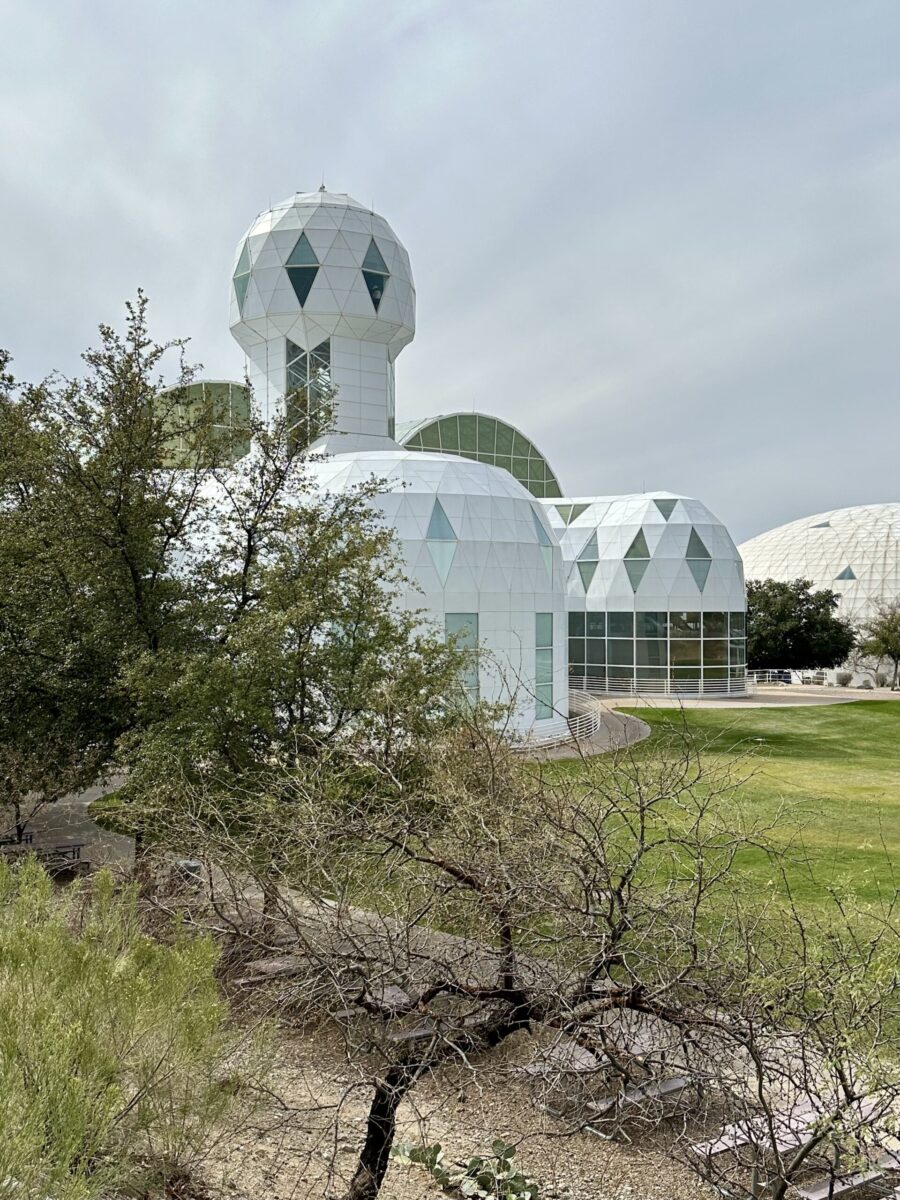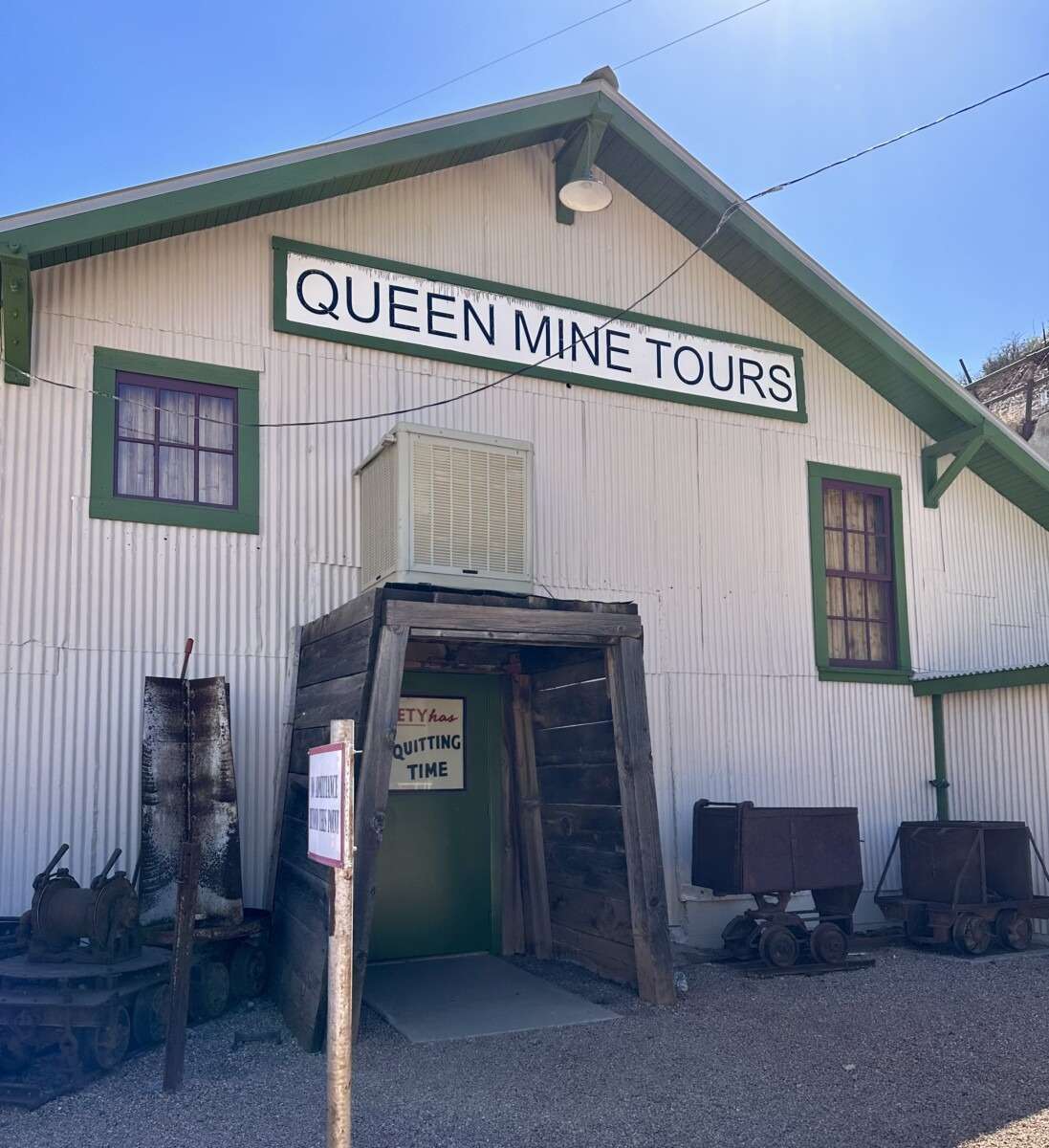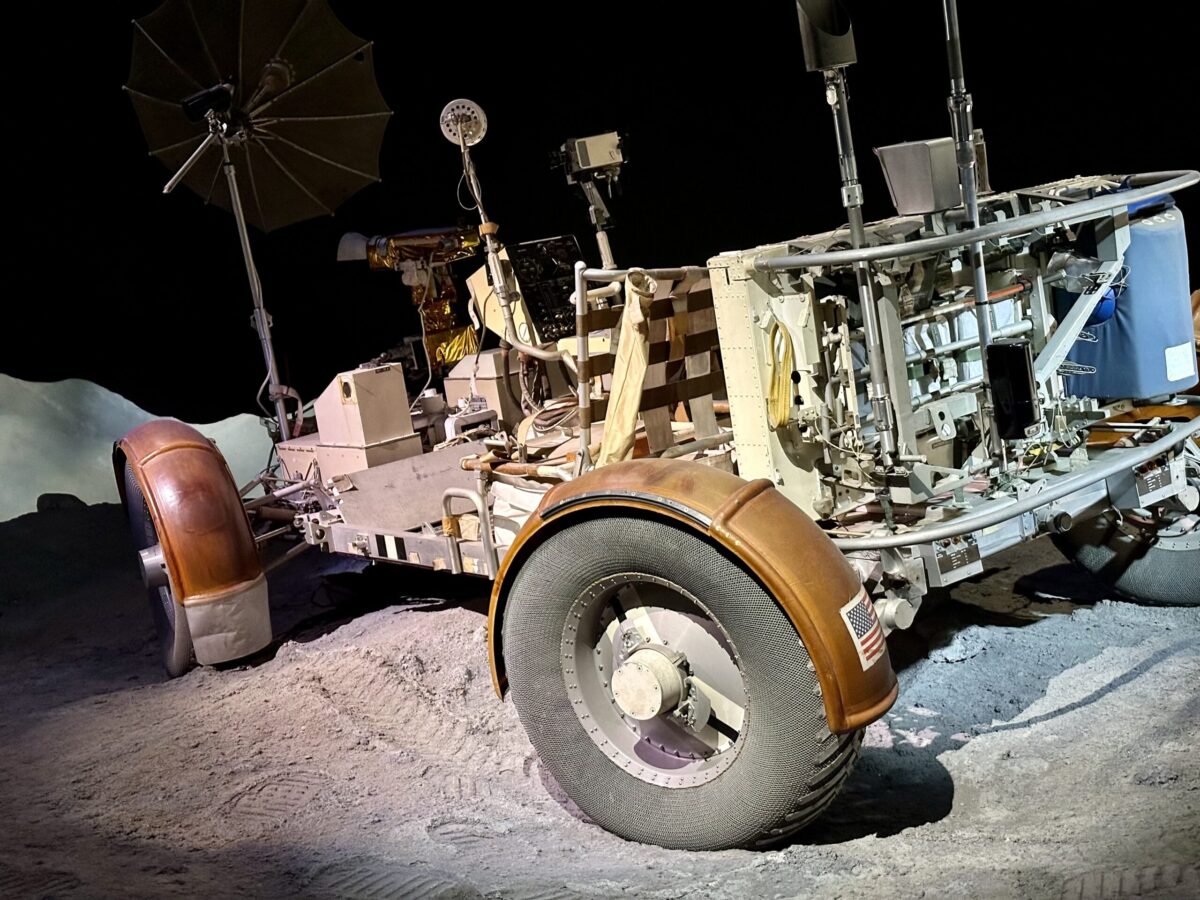
We began our visit to West Virginia at the New River Gorge National River in the southern part of the state. According to the National Park Service (NPS), “A rugged, whitewater river flowing northward through deep canyons, the New River is among the oldest rivers on the continent.“

We read quite a bit about climate change at this park, along with history of the area. It was all very interesting.



“The park encompasses over 70,000 acres of land along the New River, is rich in cultural and natural history, and offers an abundance of scenic and recreational opportunities.” -NPS
After a two hour drive along twisty mountain toll roads (it seems the main roads are all toll roads here) we arrived at the town of Huntington.

The City of Huntington’s official website says, “As of the 2010 Census, Huntington’s population was 49,138. It is the second largest city in the state. However, it is the hub of the Huntington-Ashland-Ironton metropolitan area, which spans seven counties and three states and has a population of 365,419.”
There were several museums here, including the, “Huntington Museum of Art. It is the largest art museum between Cincinnati, Pittsburgh and Richmond and contains numerous collections, exhibitions, education programs and nature trails on a sprawling, 52-acre campus.” – City of Huntington
However, Joel wanted to visit this one.

It was in an old school, tucked away in a neighborhood but it was filled with some pretty interesting things. We were met at the door by Lloyd McIntyre, one of the founders of this museum, who provided us with a guided tour.

Lloyd told us that the museum was created by guys who had collected a lot of these pieces and could no longer store them (i.e. ran out of room for them) at their homes. They all got together to find a place to keep all their treasures. An elementary school was being auctioned off and it turned out they were the only bidders. So they bought this old school for a dollar. Afterwards, other folks started to drop things off at the school for them.
We began our tour with the oldest radios and music players in the museum.






















The computer/electronics room was particularly interesting to us. It’s hard to believe that equipment we used when we were younger is now in a museum.




























We spent more time than we expected to at this museum. We planned about an hour and we were here until they closed the place (probably about two hours).






It was a pleasure to have you visit our Museum. People like you are the reason we spend so much time working to make it even better.
Safe travels. America is the best place in the world to travel and relax.
Wow! Thanks for the kind words. You gave a great tour…it was one of the highlights of our road trip.
Photos are educational at the same time and thank you for an informative e-mail…..vegetables are much better to eat…..yes, to produce a piece of steak almost 3000 gal of water is needed!
Bonny says your house is still standing and Wrigley says hello.
That was some museum! Very interesting. Grandma & Grandpa had one of those floor radio models.
Very cool stuff to see in there! Love it. Thanks for Sharing!